
It is buzzing all around us—motorcycles, rickshaws, cars, people, bicycles, even some camels at the side of the road. And we, with our bicycles, are in the middle of it all. Careful—a vehicle moving in the wrong direction. There is a general trend of driving on the left, creating a certain flow, but only if you look at the average. Individual vehicles move in all kinds of directions, and so do we.
“Hi, how are you? Where are you from?”
I had been feeling dizzy all day, but when we arrived in Lahore after a long train ride—sitting next to the police officer assigned to us, with some company joining us for Ludo on their tablet while I would have preferred to just lie down—my system got reactivated. Here we go, welcome to “Indian” traffic.
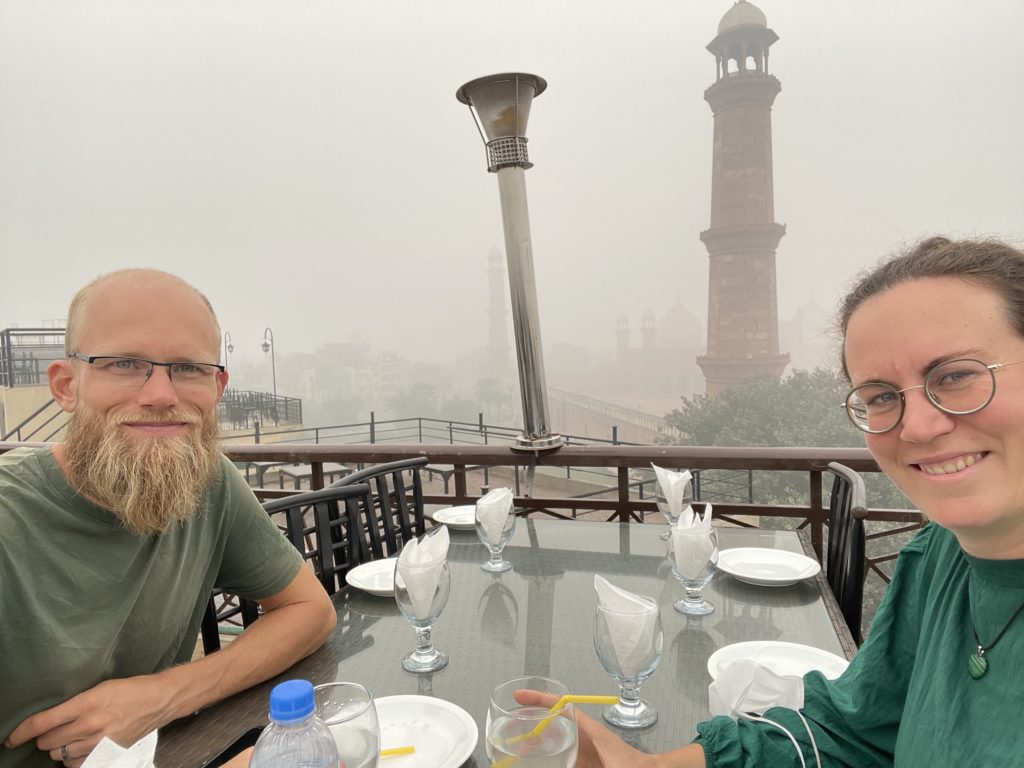
Thomas smiles back at me from time to time, visibly happy and relieved that he hasn’t lost me yet—as he has been convinced he would. Careful—a moving food stand pushing in. But really, I think it’s a pleasure cruising and drifting along here amid all this chaos. And there we go—another cow rummaging through the rubbish at the side of the street. Here, everything goes as long as you keep moving and don’t bump into anything in front of you—that is, whatever direction you happen to be going.
“Hi, where are you from, ma’am?”
“Oh, beautiful! Do you need any help, ma’am?”
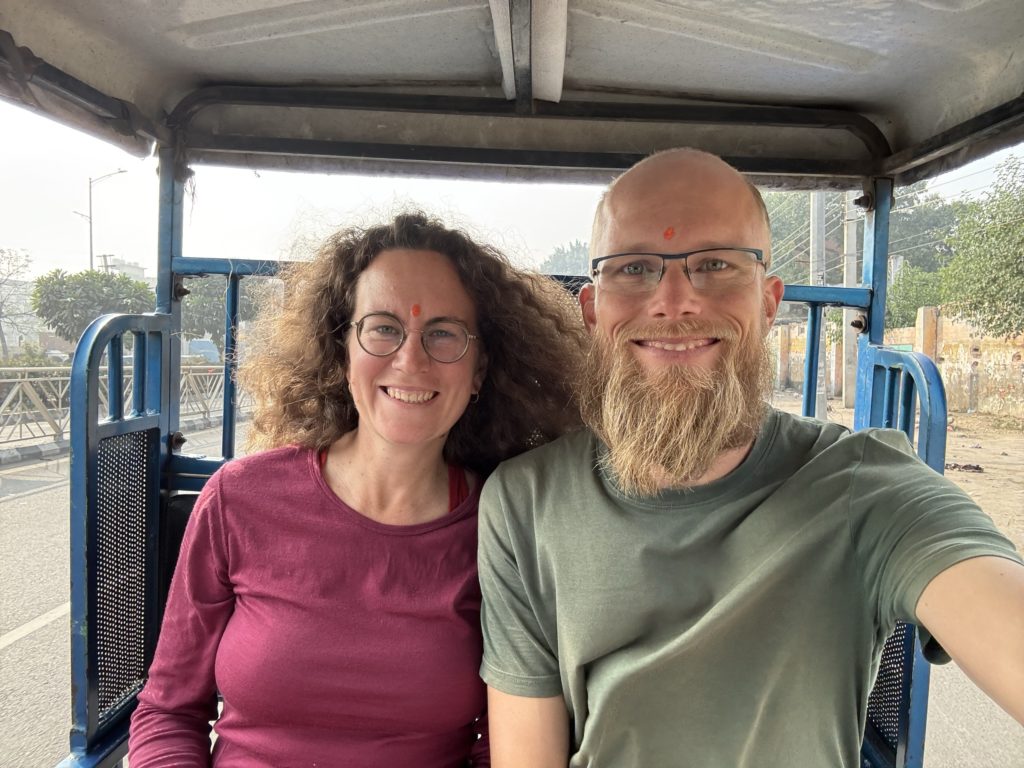
Tooot!
Car drivers have been honking at us to say hi ever since the Balkans. Finally, the honking has nothing to do with us at all. Here, it simply signals the driver’s presence—or possibly some kind of ‘wrongdoing’—more than anything else.
The air is all white, and one can barely see the next houses. Harvesting season is just over, farmers have burned their leftovers, and, as every year, the whole region is covered in thick smog—worse than any Zurich fog and somewhat poisonous on top. And after we cross another special border—the only one between the two hostile neighbors, Pakistan and India, with its existence celebrated by a huge ceremony and up to 3,000 spectators each evening when they close the gate for the night—we ask ourselves whether it is worth cycling at all in these conditions.
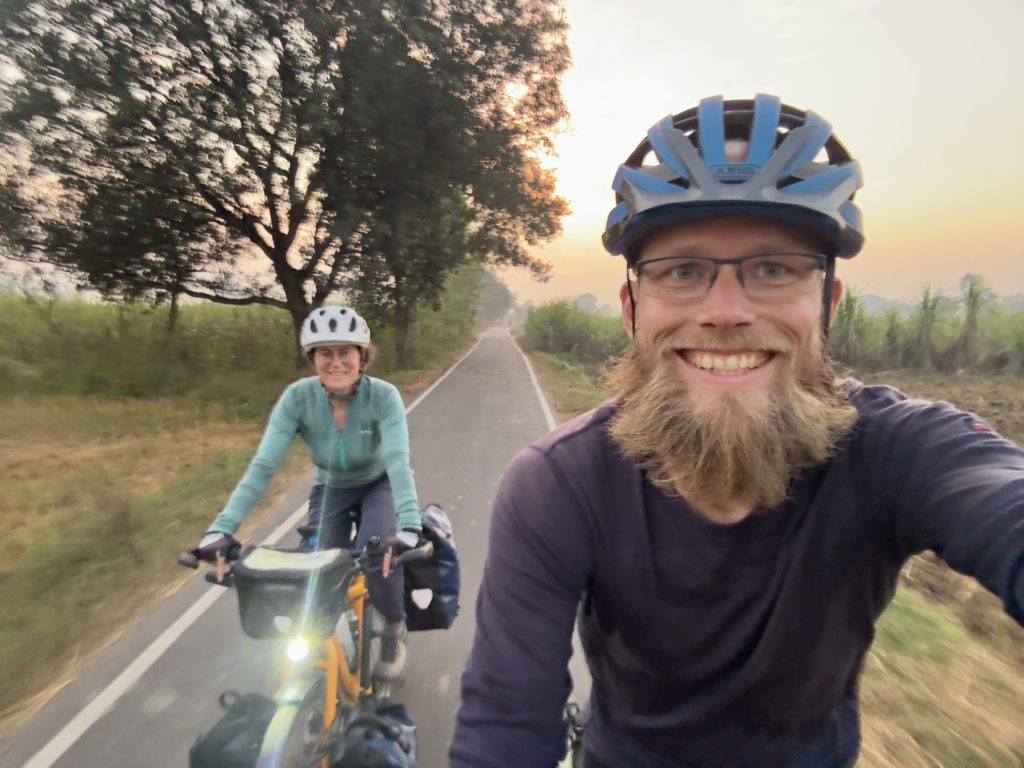
Fortunately, we decide to continue by bicycle, and the day we leave Amritsar, the sky is (almost) blue, and the sun comes through. We immensely enjoy being back in our saddles and can (almost) imagine continuing from Dharamsala further east toward Nepal. After all that cycling, cycling is still the one thing we enjoy the most. But our time is up, and our flight is booked—in 12 days from Delhi—and we are excited to get back home: our flatmates, our rooms, our work, Migros and Coop, our families and friends, our kitchen and coffee machine, and a door to close—Heaven.
While cycling toward Dharamsala, I say to Thomas, “Maybe Myanmar will be open again one day.”
“What would you want to do in Myanmar?”
I shrug. “Continue?” (Myanmar is currently in a civil war, making it essentially impossible to continue to Southeast Asia from India or Nepal.)
Thomas laughs. He’d had the same thought that very day.
But didn’t we have enough? Weren’t we looking forward to going home? Yes, but then again, I guess that can all coexist: the desire to go home, the desire to continue and explore more; the exhaustion from traveling and the joy of cycling; the experience and the dream. After one project is before the next project. A cycle tour, a trek, a work project, a dream.
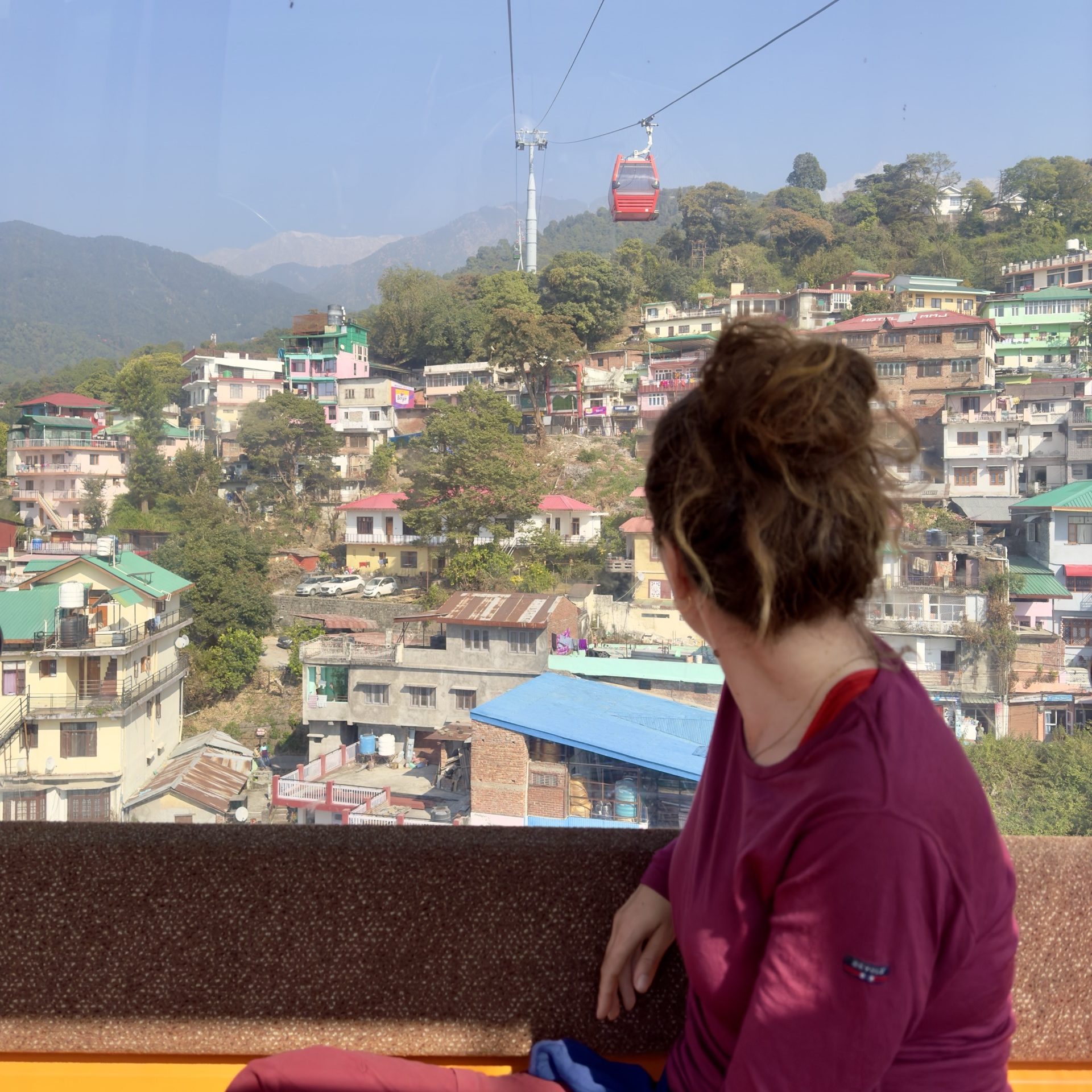
The other day, a work email reminded me of our “initial goal” of getting to Nepal. And it is true: when people at home or the ones we met on the road asked us where we were cycling, “(toward) Nepal” was our answer. Sometimes it felt weird saying it, knowing we might never reach; sometimes it felt real, as if we actually might get there; and sometimes it did not matter at all. Nepal defined the direction, but the journey in between was always the real goal. So when I was reminded of “not reaching our goal,” I could only raise my eyebrow and not really understand its meaning. We didn’t—but we did.
If you had asked either of us back in Europe how far we’d get on our journey toward Nepal, we would have independently said, “At least to Pakistan, but not to Nepal.” So, here we are, in India, just between Pakistan and Nepal. We made it! And what an amazing journey it has been.
Thank you to everyone who was part of this journey—near or far—who waved as we passed, invited us for chai, read these posts, enjoyed the pictures, smiled, and cared.
And thank you to Thomas for showing me how to turn our dream—any dream—into reality, and for being such a committed, caring, visionary, patient, prepared, and creative partner every step of the way.
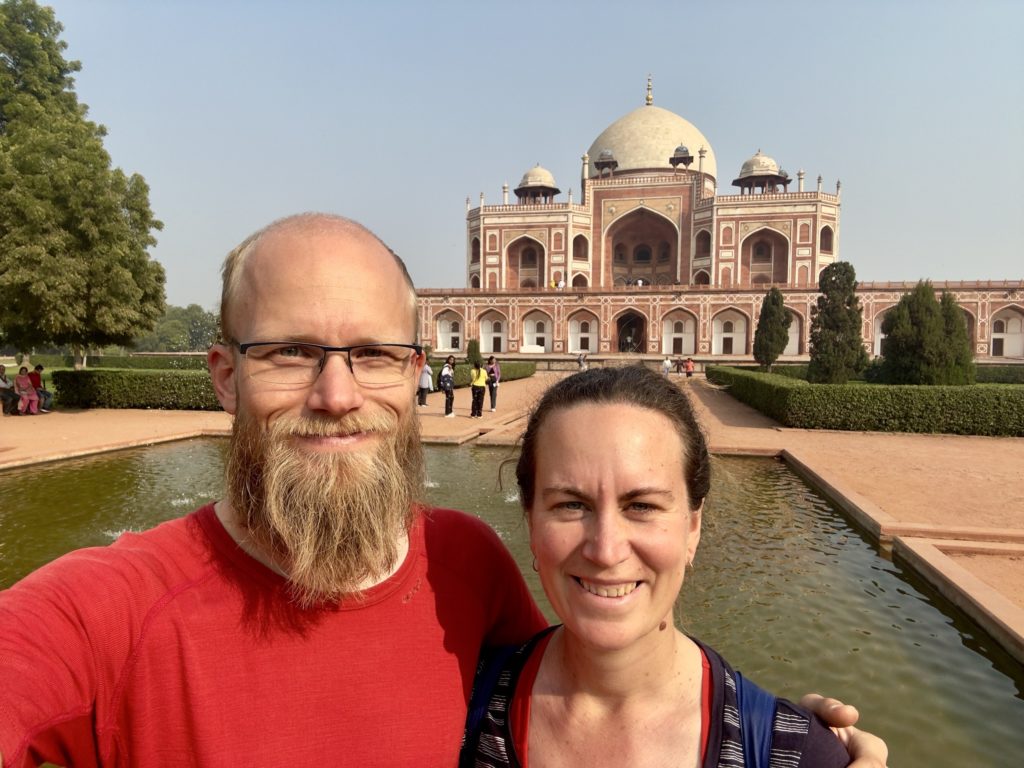
The oddity of writing a travel blog
I truly dislike reading travel blogs.
Before this trip, I forced myself to read some to “prepare”—or maybe more to prove that I was preparing. Maybe I just picked the wrong ones, but it always felt more like homework than enjoyment. Sure, they provided some useful information, but they didn’t make me feel anything. No sense of being prepared, no excitement, no curiosity, no inspiration, no desire to go there myself.
People cycled X amount, saw X things, met X people.
So what?
Did I want to cycle X amount myself? — Of course!
See X things myself? — Yes, definitely!
Meet X people myself? — Absolutely!
But read about it…?
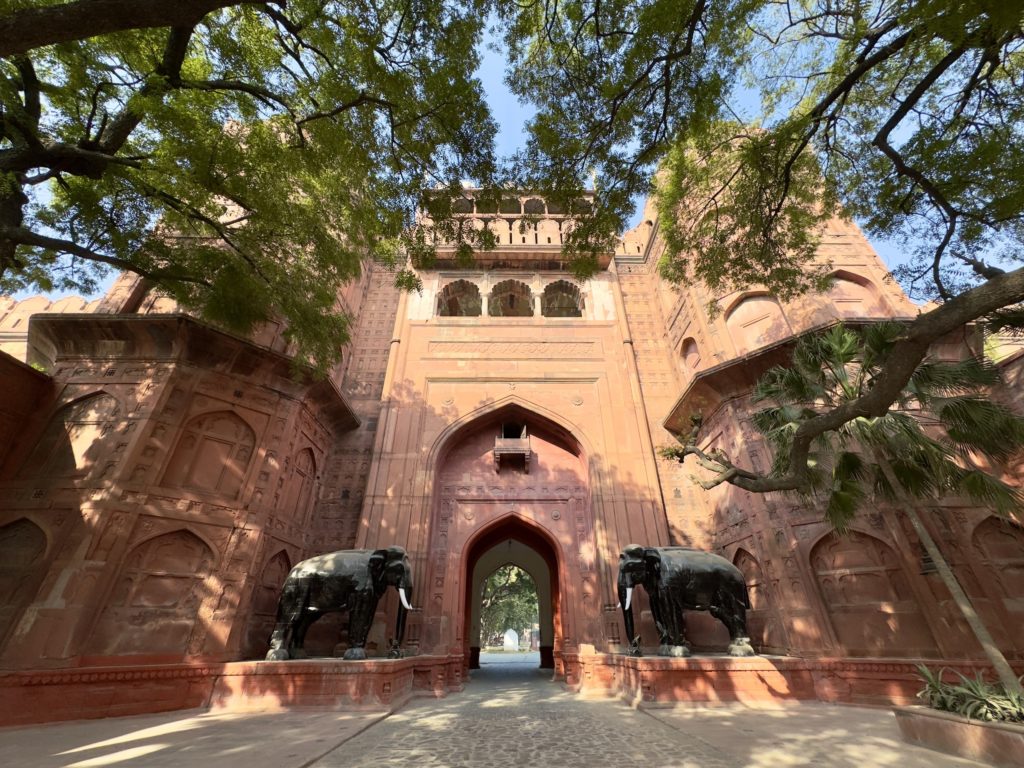
And yet, when Thomas asked if I’d write some blog entries, I—oddly—felt the spark. I kind of like writing—secretly, in my journal, for myself—so why not let friends and family back home be part of our journey?
Well, easier said than done. It also scared me. So I insisted on writing the first post—to give myself space to find my own voice and not feel like I had to live up to some unspoken (and nonexistent) standard set by “someone” else.
Little did I know that I’d end up writing all the blog posts—almost abandoning my own journal and writing mostly here instead.
So, welcome to my (polished and censored) journal.
Whatever brought you here, I hope you either enjoy it—or leave it be.
And just do it.
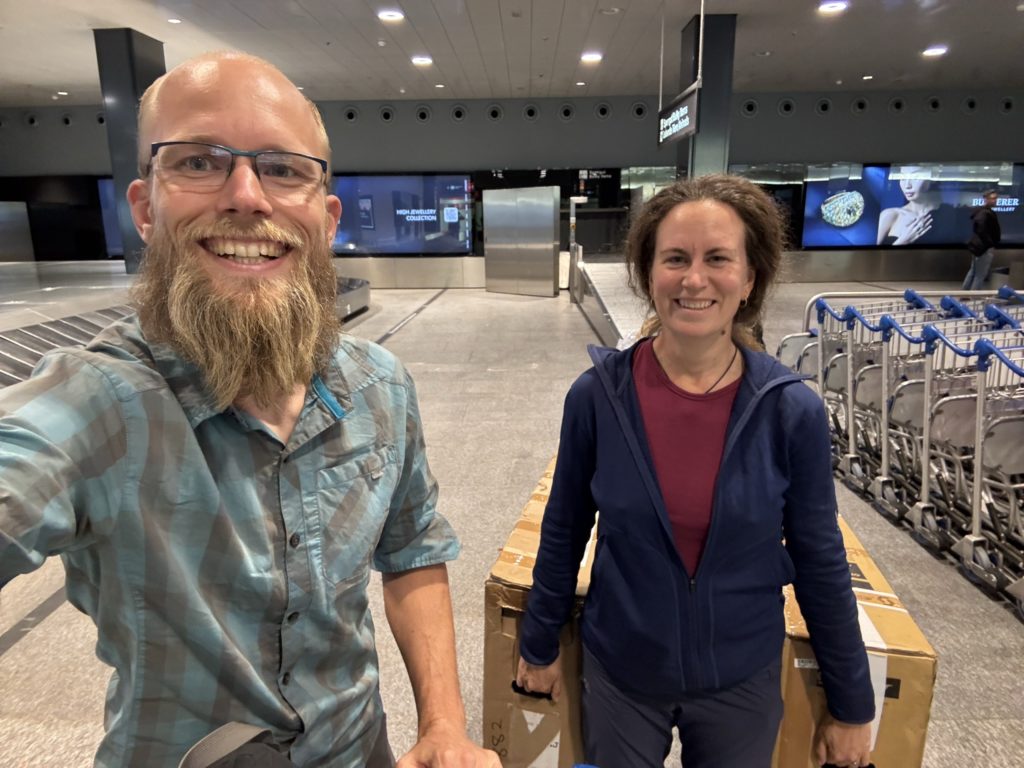
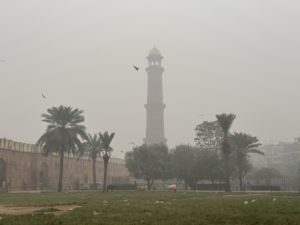
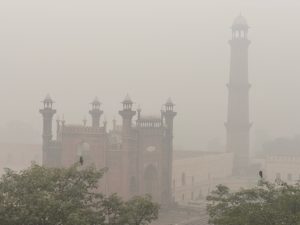
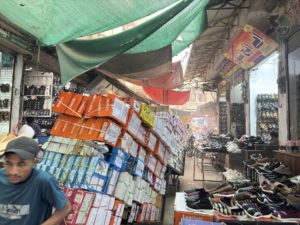
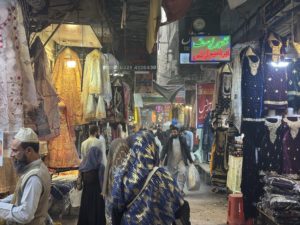
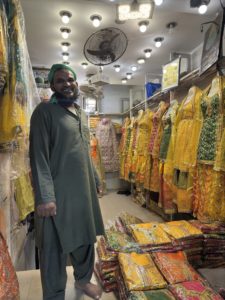
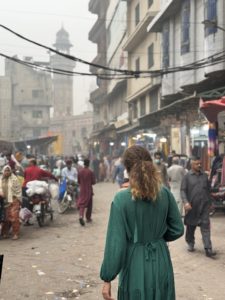

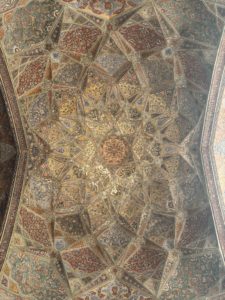
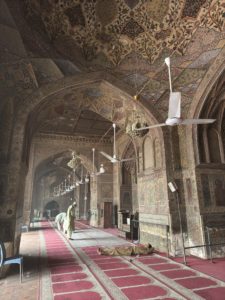
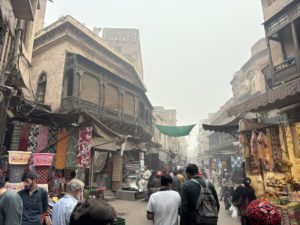

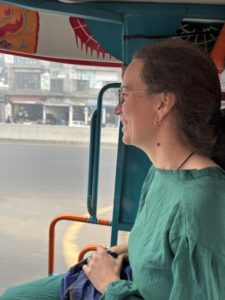
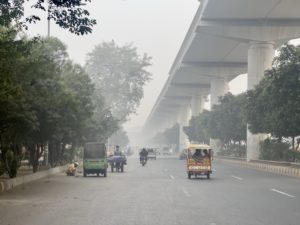
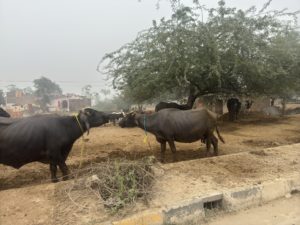
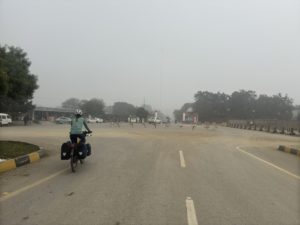
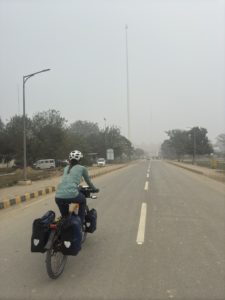
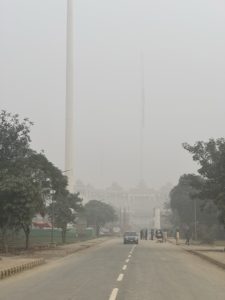

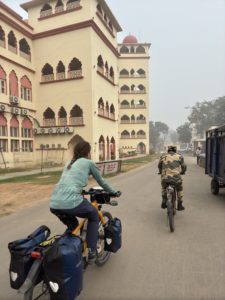
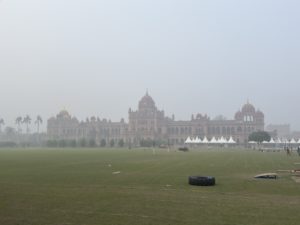
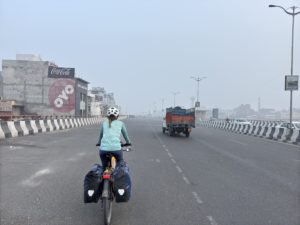
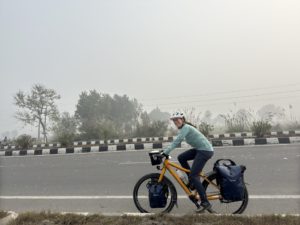
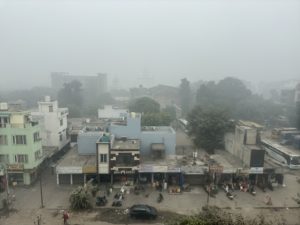


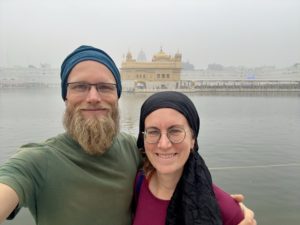
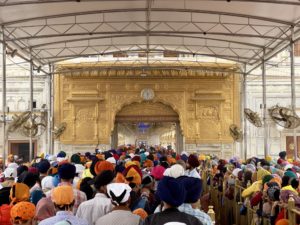
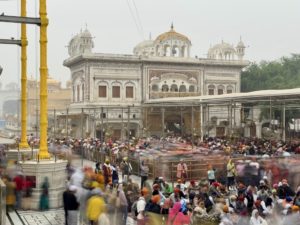
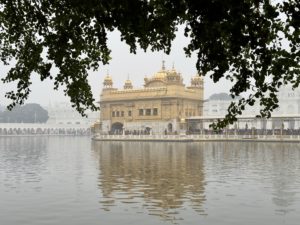
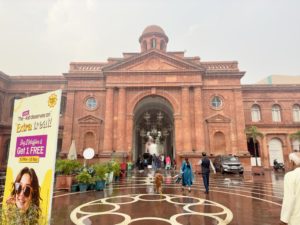
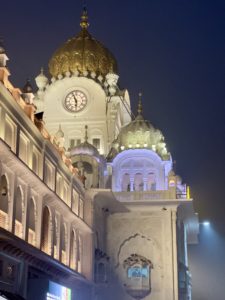
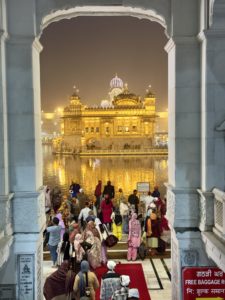
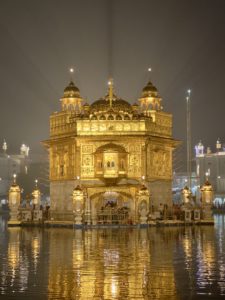
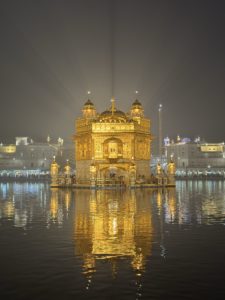
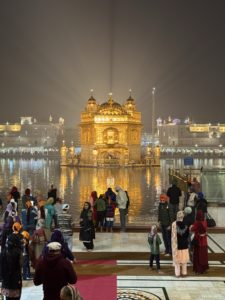

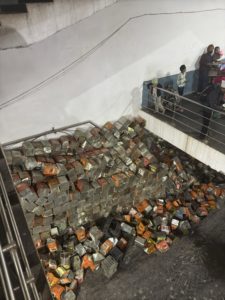
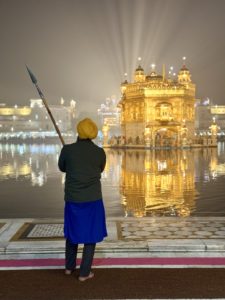
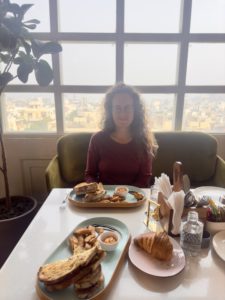
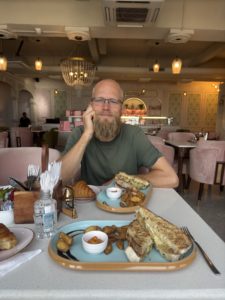
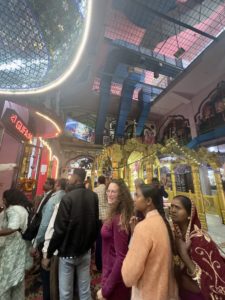
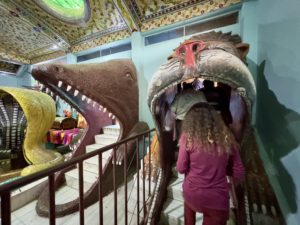
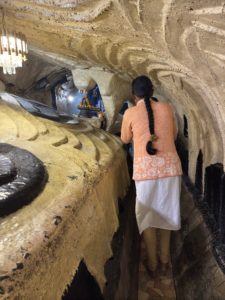
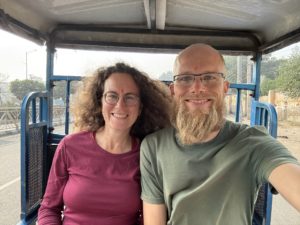
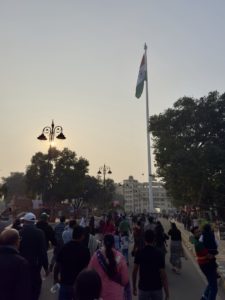
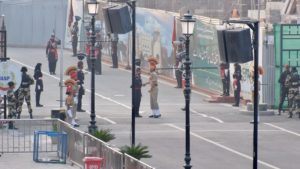
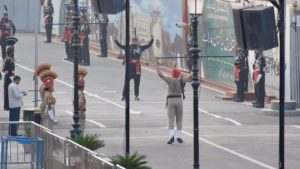
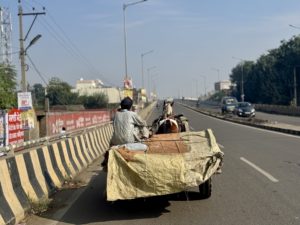
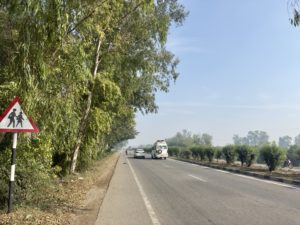
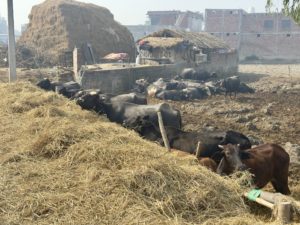
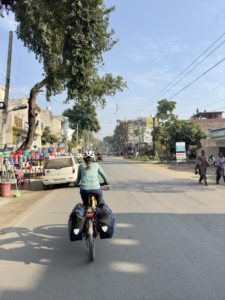
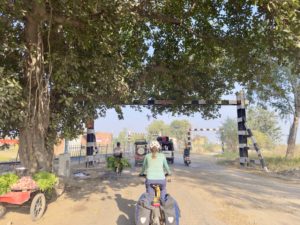
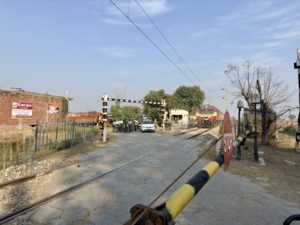
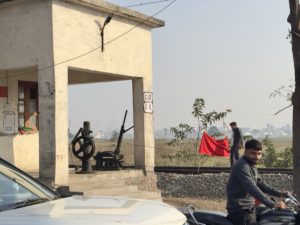
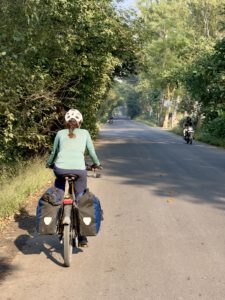


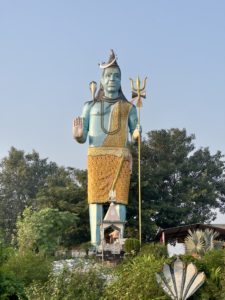
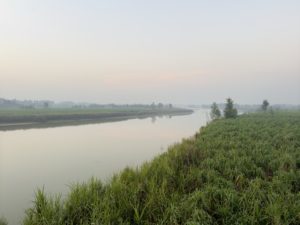
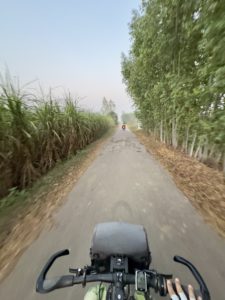
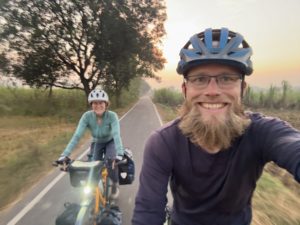
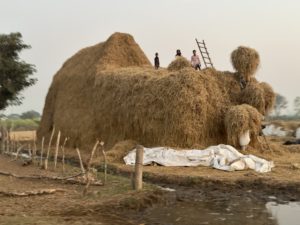
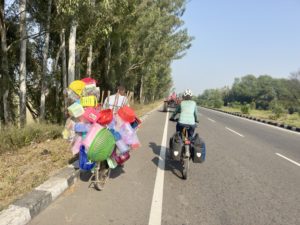
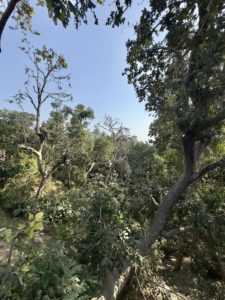
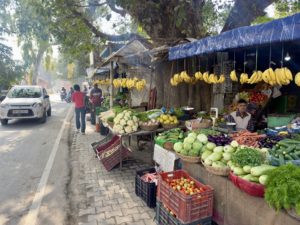
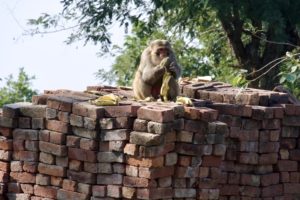
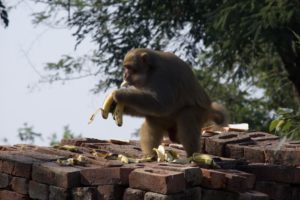
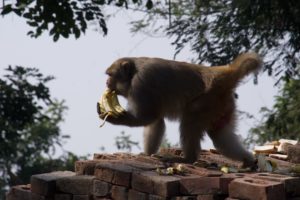
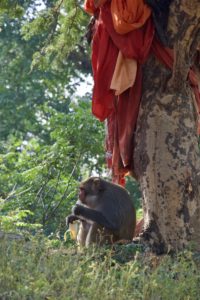
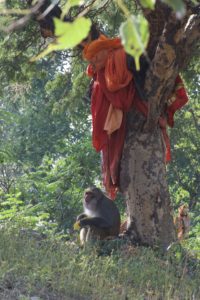

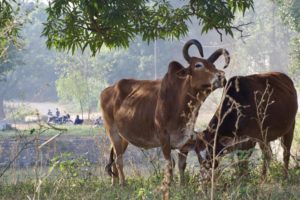
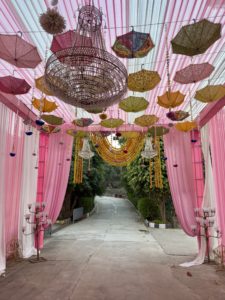
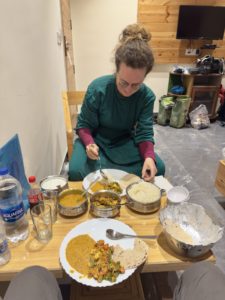
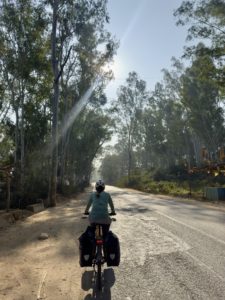
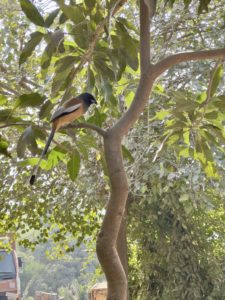
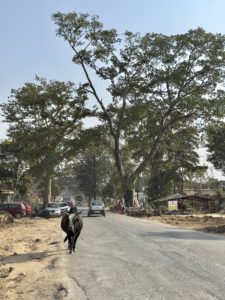


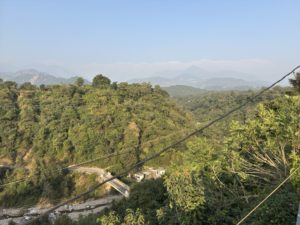
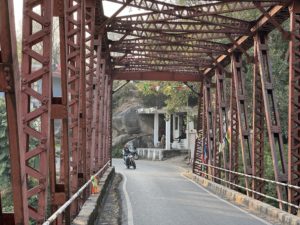
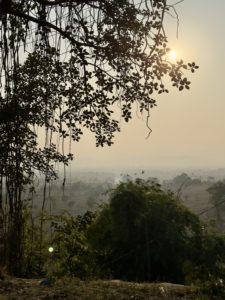
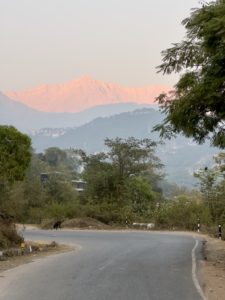
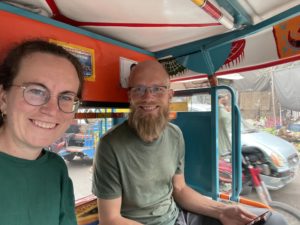
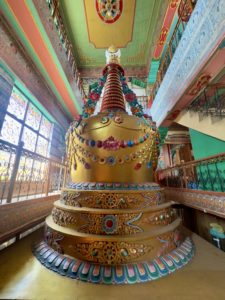
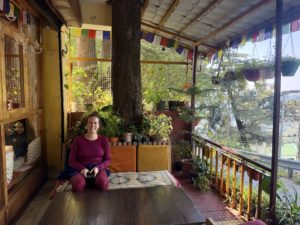
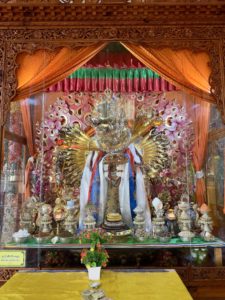
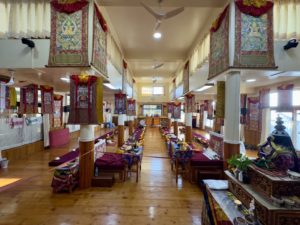
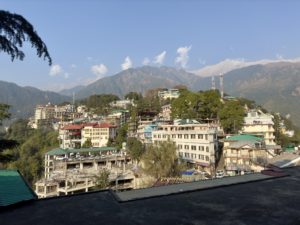
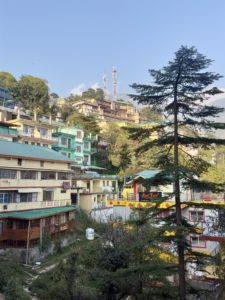
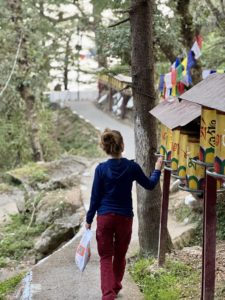
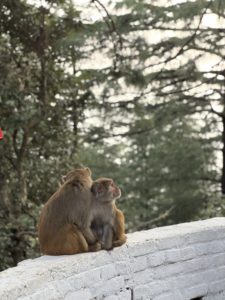
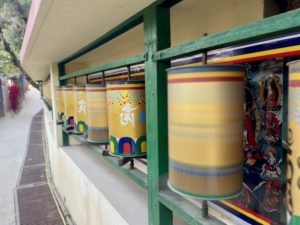
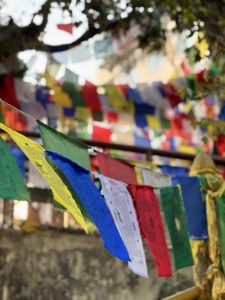
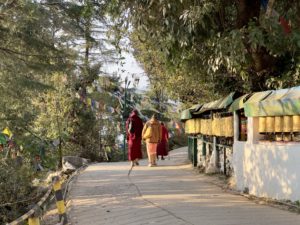
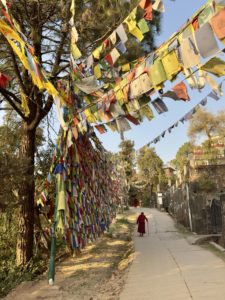
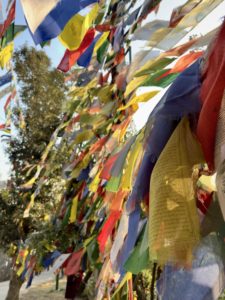
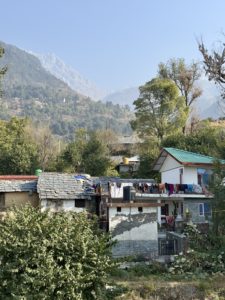
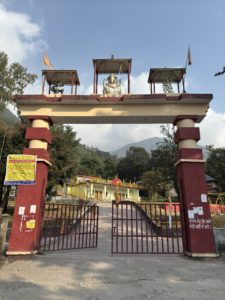
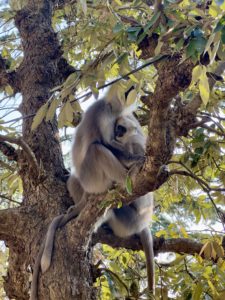
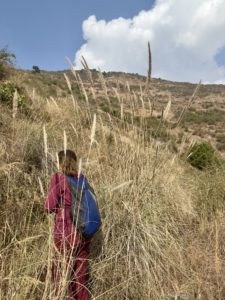
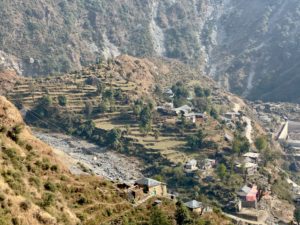
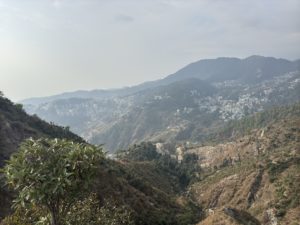
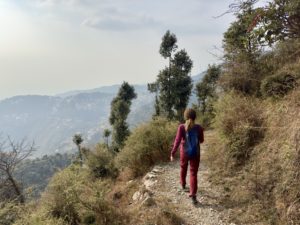
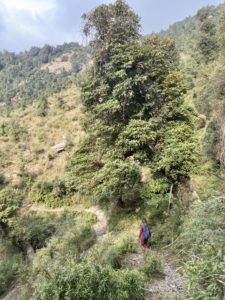
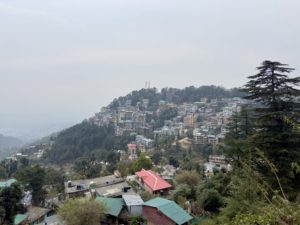
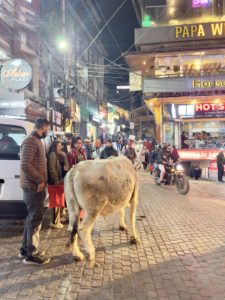
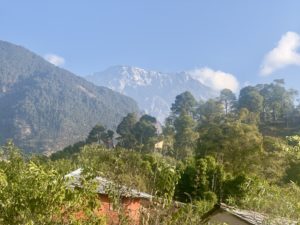
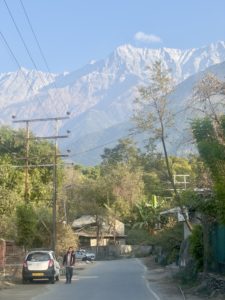
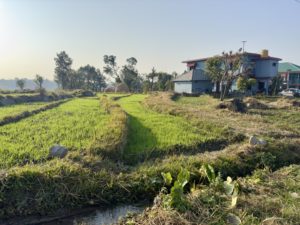
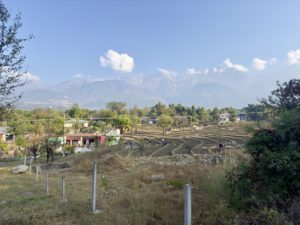
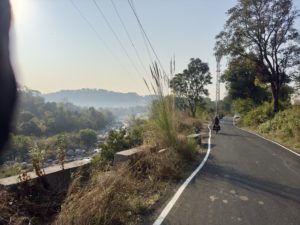
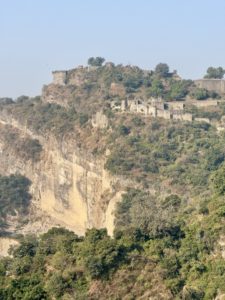
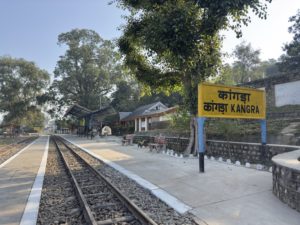
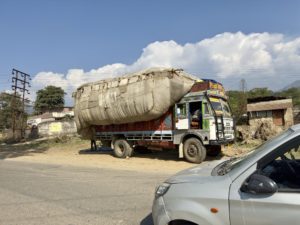
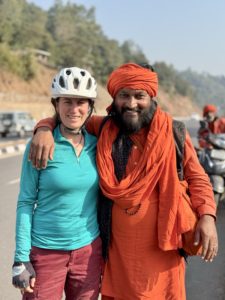
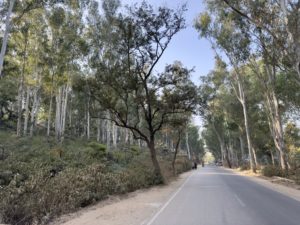
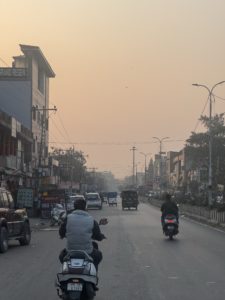
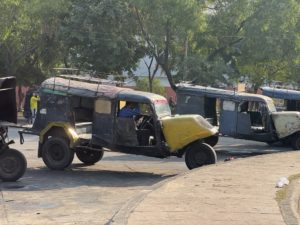
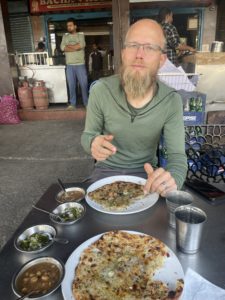
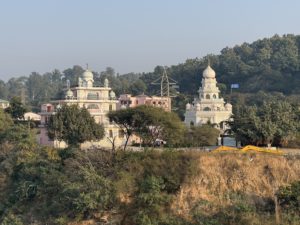

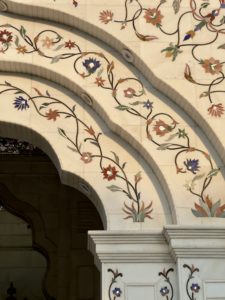
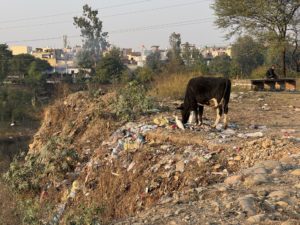
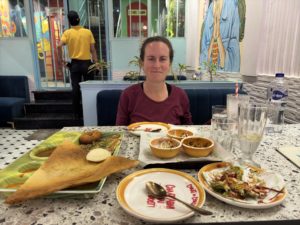
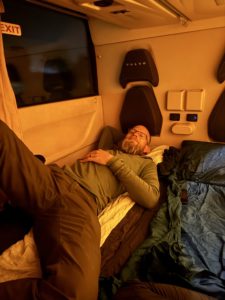
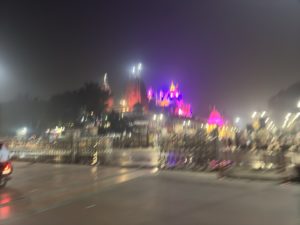
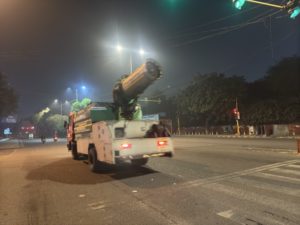
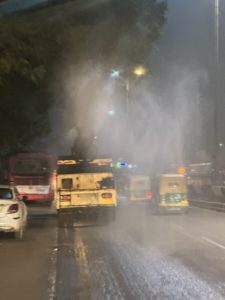
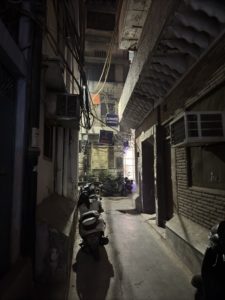
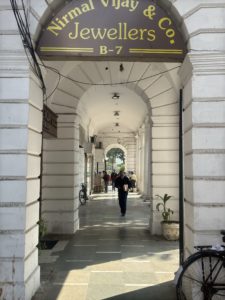
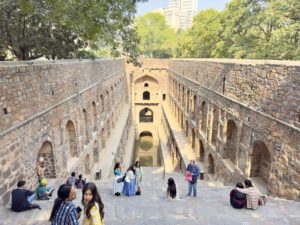
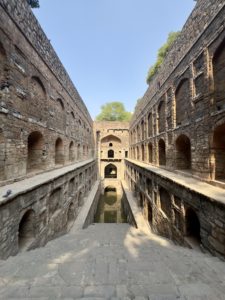
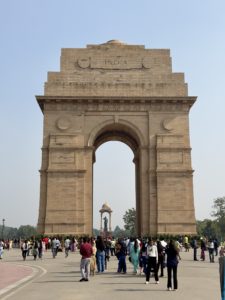
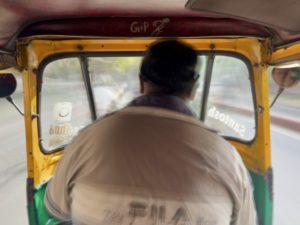


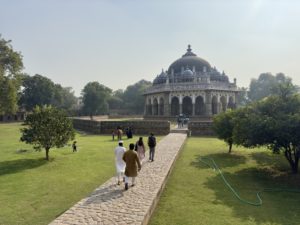

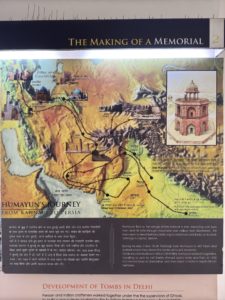
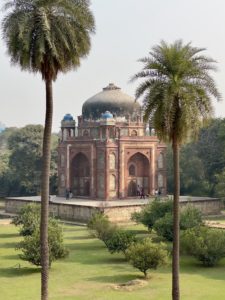
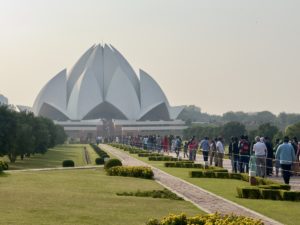
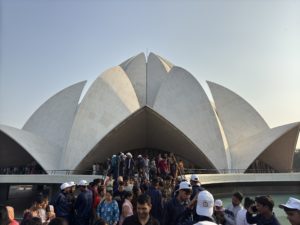
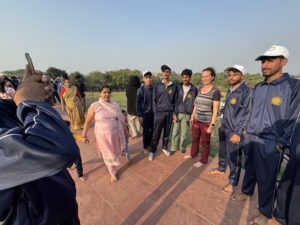

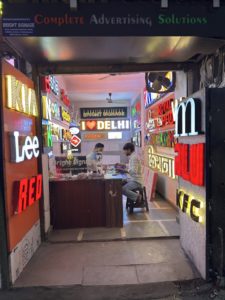
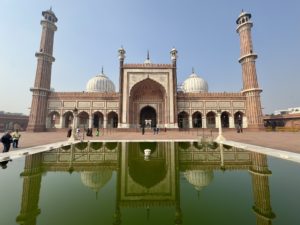
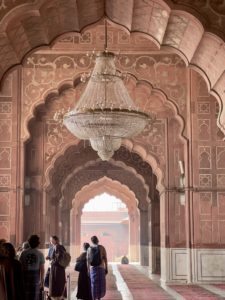
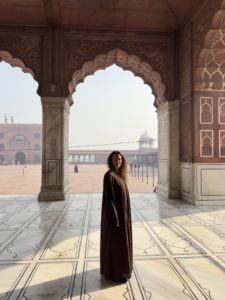

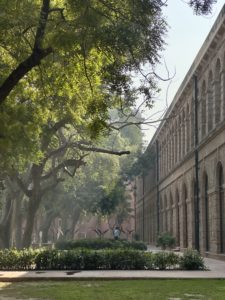
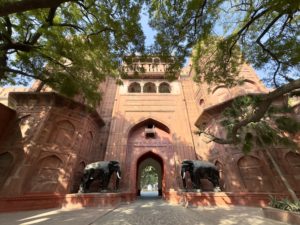
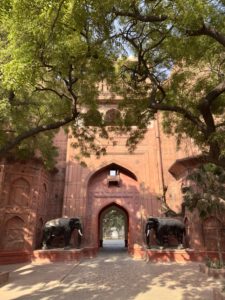
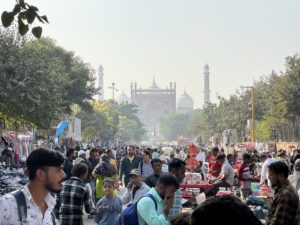
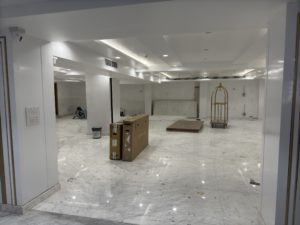
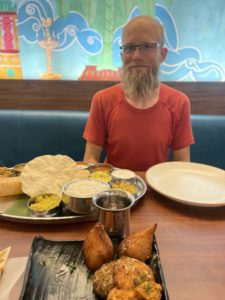
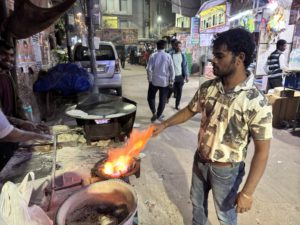
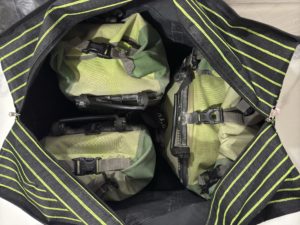
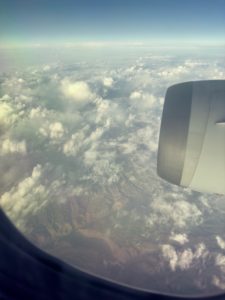
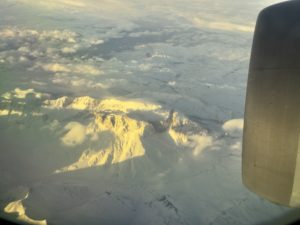
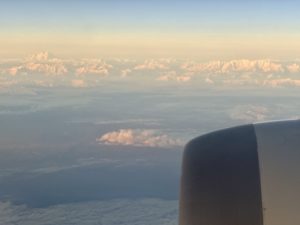
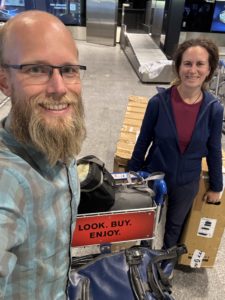
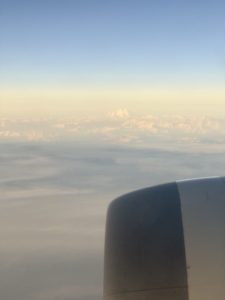
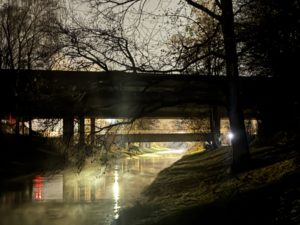
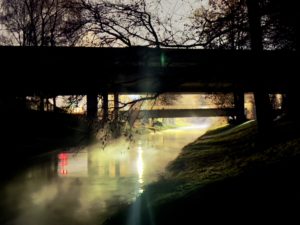
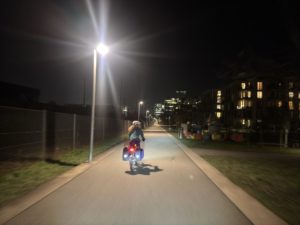
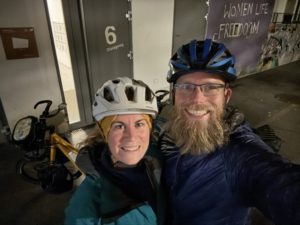
Leave a Reply